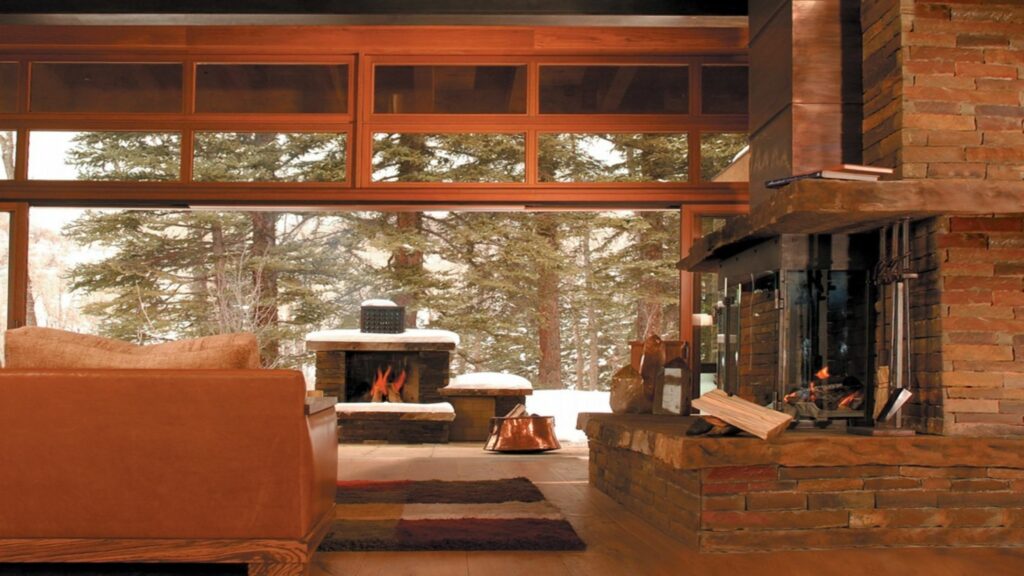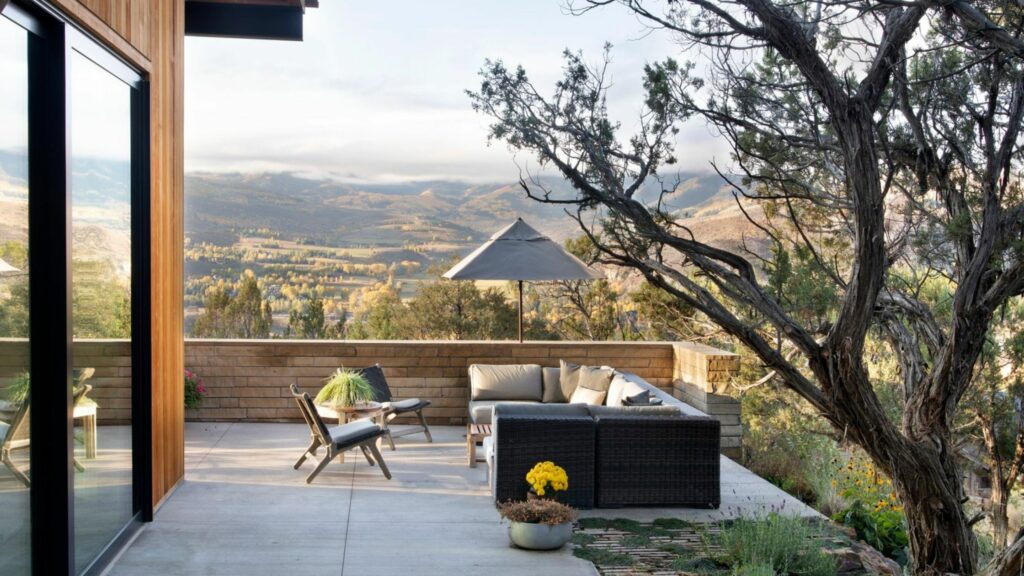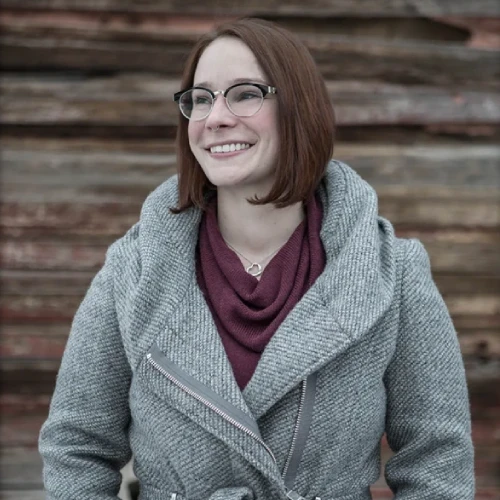The architecture design process is a fascinating journey, transforming abstract ideas into concrete realities. At its core, this process is cyclical and iterative, often described through a series of distinct yet overlapping phases. Each phase is crucial in ensuring the final structure meets aesthetic standards and adheres to functional requirements. Whether a towering skyscraper or a quaint cottage, these design principles are universally meticulous and methodical.
Knowing the architectural design process is vital for anyone involved in building development. This is especially true in hospitality architecture, where key phases help architects and designers manage and coordinate the work effectively. From the initial programming phase to the final construction administration, each step is geared towards refining the project, ensuring every detail is perfect. The structured approach streamlines project management and enhances creativity, allowing designers to explore various solutions and continuously improve their ideas.
Overview of the Architecture Design Process
Importance of Structured Phases
The architecture design process flows through structured phases, each crucial in transforming initial sketches into finalized constructions. These stages facilitate clarity, efficiency, and detailed exploration throughout the project lifecycle, ensuring that architects and stakeholders maintain a shared vision and objectives.
- Pre-Design Phase sets the project’s foundation through stakeholder engagement and goal setting. This stage defines the scope and requirements, setting a clear pathway for all subsequent project phases.
- Schematic Design Phase involves the initial translation of conceptual ideas into sketched concepts and spatial models. Architects explore various design options, offering visual representations that guide further refinements.
- Design Development Phase refines the schematics into plans and a 3D model that facilitates early visualizations. Here, architects and consulting engineers begin to collaborate the technical aspects and ensure compliance with regulations.
- Construction Documents Phase produces increasingly detailed drawings and specifications for contractor bids and the permits department’s review. These documents serve as legal instructions for building the project.
- Bidding and Contractor Selection allows for evaluating contractor bids and selecting the right team for construction. This phase hinges on transparency and fair pricing to match the detailed expectations outlined in the construction documents.
- Construction Administration involves monitoring the construction’s progress to adhere to the design intent. Architects provide oversight and make necessary adjustments, ensuring the project’s integrity.
After all these phases, a post-occupancy evaluation reviews the building’s performance concerning its intended use and occupant satisfaction, providing insights that can guide future projects.
Each phase is pivotal in the architectural journey, emphasizing meticulous attention to detail and rigorous management to achieve optimal results. This structured approach helps mitigate risks, manage costs, and enhance the overall quality of the finished structure.
Key Phases in Architecture Design Process

Pre-Design
In the initial phase, known as Pre-Design, the groundwork for a successful architectural project is established. This phase includes extensive research and analysis, covering site evaluations, zoning laws, and a thorough understanding of the client’s needs and objectives. Architects assess the project’s feasibility by performing site analyses, surveys, and geotechnical assessments. This early stage sets the strategic direction, ensuring all subsequent design efforts align with established project goals and regulatory frameworks.
Schematic Design
The Schematic Design phase brings the client’s vision closer to reality. During this stage, architects create preliminary layouts and sketches that outline the basic concepts of the structure in situ. The focus here is on the building’s general appearance and spatial relationships. It’s a collaborative process where feedback from the client is crucial to refine the design. Typically, this phase results in sketches and rough models that clearly show the proposed building’s scale and relationship to its environment.
Design Development
Following the approval of schematic designs, the Design Development phase advances these concepts into more detailed and technical representations. Architects and design teams work to develop the 3D model with materials and structural requirements and integrate the mechanical, electrical, and plumbing systems. The specifications for building components are considered and refined, providing a comprehensive plan that serves as a blueprint for the project’s execution.
Construction Documents
In the Construction Documents phase, plans and engineered systems are finalized and translated into documents that will receive permit approval and guide the construction. These documents include detailed drawings and specifications the construction team uses to build the structure. They ensure that the architectural vision is adhered to throughout the building process. This set of documents also forms the basis for soliciting bids from contractors and serves as legal documents in construction contracts.
Bidding and Negotiation
During the Bidding and Negotiation phase, contractors submit their bids based on the construction documents provided. The architect assists the client in comparing bids, assessing the contractors’ qualifications, and negotiating the contract terms. This phase is critical for maintaining the project within the financial boundaries and ensuring that the build quality matches the expectations set out in the design phases.
Construction Administration
The final phase, Construction Administration, involves observing the construction to ensure compliance with plans and specifications. While architects do not supervise construction, they make periodic site visits to monitor progress and address any issues. Modifications and adjustments often occur, requiring the architect’s involvement to manage changes and ensure they align with the client’s vision and project requirements. This phase is vital for translating design intentions into a complete structure meeting all defined objectives and standards.
Challenges and Considerations in the Design Process

The architecture design process involves multiple stages, each with unique challenges and considerations. Effectively addressing these enhances project success and client satisfaction.
Managing Client Expectations
Managing client expectations is an essential part of the architectural design process. Architects must clearly communicate with clients about a project’s feasibility, design possibilities, and constraints. Initial discussions must set realistic timelines and budgets, often using visual aids like 3D renderings and diagrams to help clients visualize the final product. Effective communication prevents misunderstandings and ensures clients remain informed throughout the project lifecycle. Regular updates allow clients to understand necessary adjustments or changes, reducing surprises and maintaining trust.
Integrating Sustainable Practices
Integrating sustainable practices into architectural design addresses environmental concerns and enhances building efficiency and long-term economic benefits. Architects face the challenge of staying updated with green technologies and sustainable materials, which continuously evolve. They need to assess the impact of these systems on the overall design and lifecycle of the building. Additionally, certifications like LEED require meticulous planning and adherence to stringent guidelines. Architects must creatively incorporate these practices without compromising aesthetic or functional objectives. This integration starts from the pre-design phase and extends through construction, influencing energy use, material selection, and waste management decisions. That’s why it’s crucial to consult with an architect.
Conclusion
Navigating the architecture design process requires more than just technical skills and creativity. It demands a strategic approach to research, client engagement, and integrating sustainable practices from the outset. As architects embrace these complexities, they not only meet but often exceed client expectations, ensuring the functionality and sustainability of their projects. The journey from pre-design to construction administration is intricate and filled with opportunities for innovation, making every phase crucial to the ultimate success of the building. By prioritizing clear communication and staying abreast of the latest in green technology, architects are setting new standards in the design world that resonate well beyond the completion of their projects.













